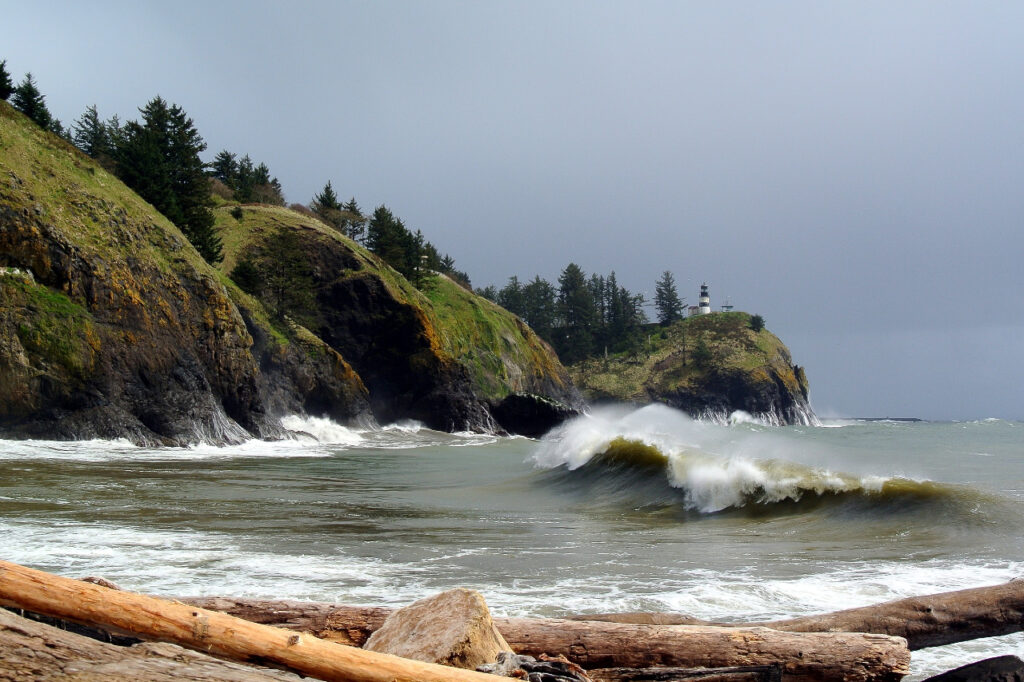Pacific Coast
The Pacific Coast of the U.S. includes five states, Alaska, California, Hawaii, Oregon, and Washington. These five states with a Pacific coastline include 8,683 miles of coastline and 122 lighthouses. The largest city on the Pacific coast is Los Angeles, CA with a population of 3.99 million (2018), the smallest is Coos Bay, OR with a population of 16,415 (2018)
| Coastal State | Largest Coastal City | Coastline (mi) | Lighthouses |
|---|---|---|---|
| Alaska | Anchorage | 6,640 | 16 |
| California | Los Angeles | 840 | 51 |
| Hawaii | Honolulu | 750 | 10 |
| Oregon | Coos Bay | 363 | 15 |
| Washington | Seattle | 157 | 30 |
Alaska
Alaska is surrounded on three sides by big water from three different seas: the Pacific Ocean, the Arctic Ocean and the Bering Sea. The state claims 6,640 miles of coastline and, including islands, has 33,904 miles of shoreline. When considering the estimated tidal shoreline, including islands, inlets sounds and bays, it all adds up to a staggering 47,300 miles!
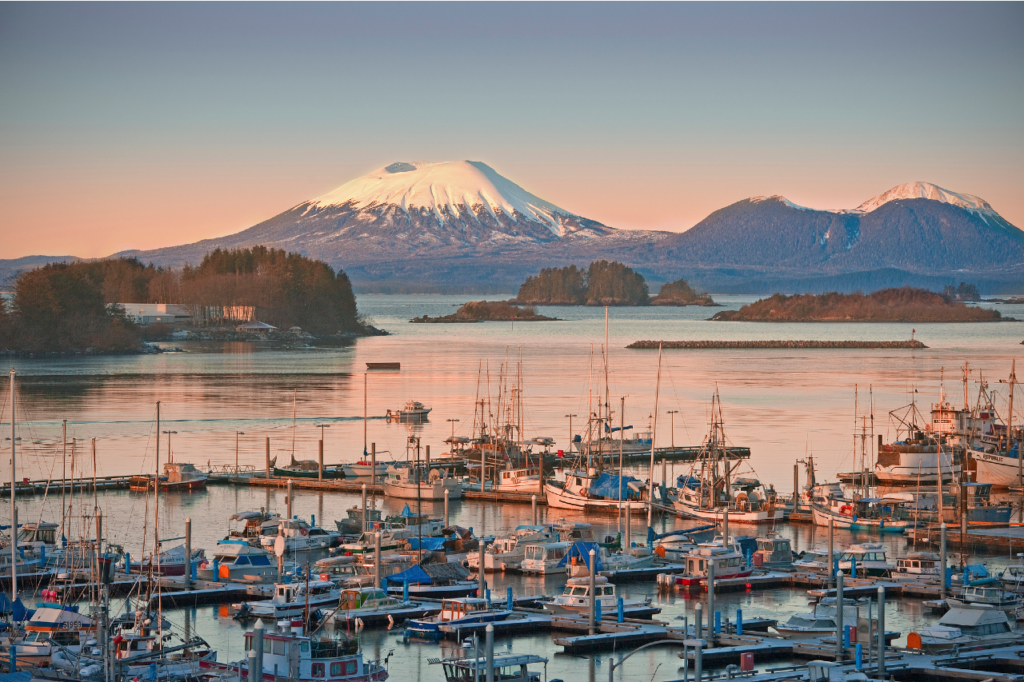
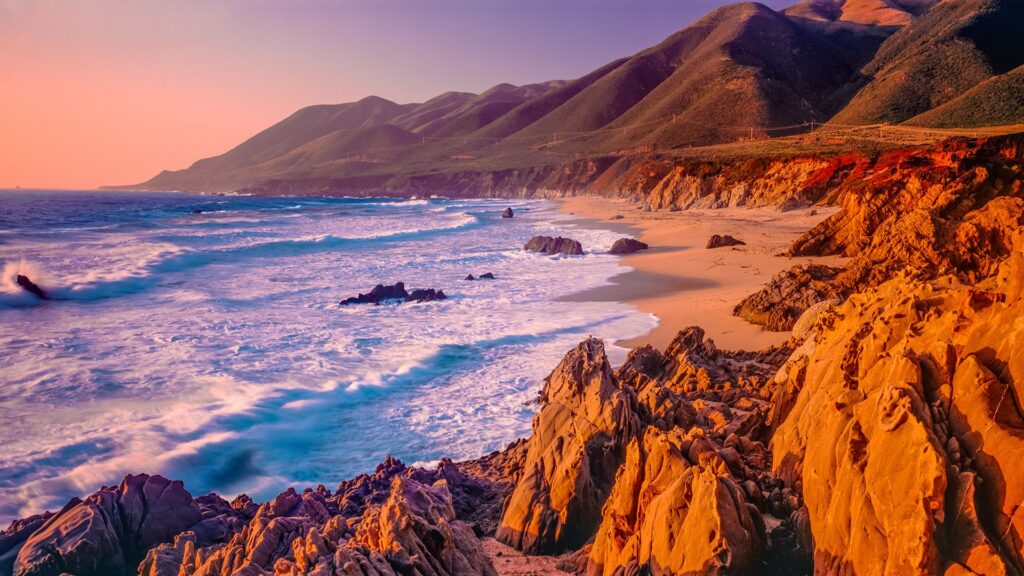
California
With 840 miles of coastline, California has the third-longest coastline of any state in the U.S. But stretching almost 650 miles from north (Smith River, CA) to the south (Imperial Beach, CA), it is a coastline that is very different in the north, towards the border with Oregon, compared to the southern coast that reaches down to the border with Mexico
Hawaii
Hawaii is the only U.S. state located outside North America, the only island state, and the only state in the tropics.
The state encompasses nearly the entire Hawaiian archipelago, which consists of 137 volcanic islands spanning 1,500 miles, which are physiographically and ethnologically part of the Polynesian subregion of Oceania. The eight main islands, from northwest to southeast, are Niʻihau, Kauaʻi, Oʻahu, Molokaʻi, Lānaʻi, Kahoʻolawe, Maui, and Hawaiʻi, after which the state is named.
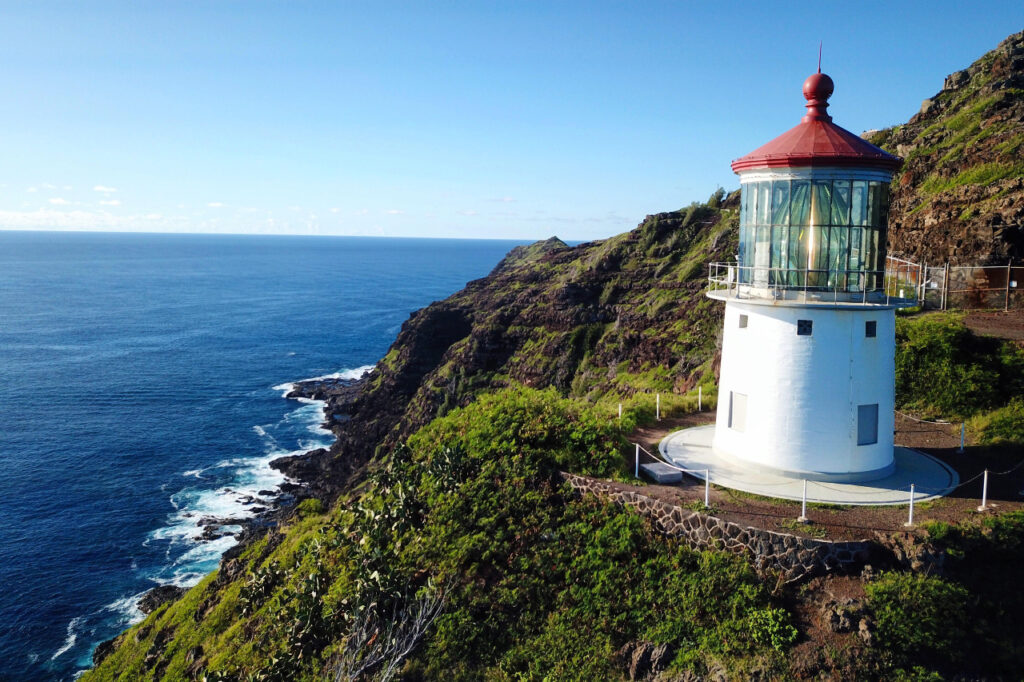
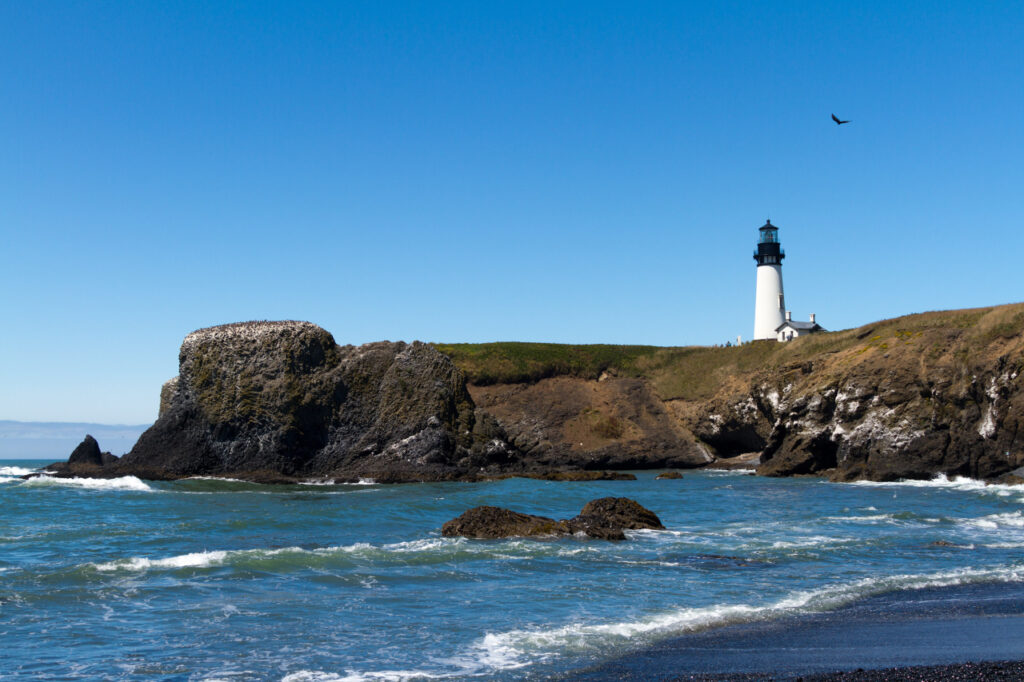
Oregon
Lined by All-American Highway 101 to the east and the wild Pacific Ocean to the west, the Oregon Coast is 363 miles of rugged shoreline, where tide pools and hiking trails share sunsets with beach towns and lighthouses, and where visitors can connect with a frontier that promises to never fade away. That assurance comes from Oregon state law, which stipulates that from the surf to the brush, “the public has free and uninterrupted use of the beaches.”
Washington
The Washington coastline is broken into two halves. The northern half of the coast has true wilderness without roads or any development. Beach hiking in this area offers some of the most scenic hiking on the pacific coast with one to three-day hiking trips. Most visit the southern Washington coast to do the tourist thing, see some sights and take some pictures. By far, the most popular city is Ocean Shores and Westport for people out of Seattle, with the Long Beach Peninsula grabbing Seattle & Portland residents.
